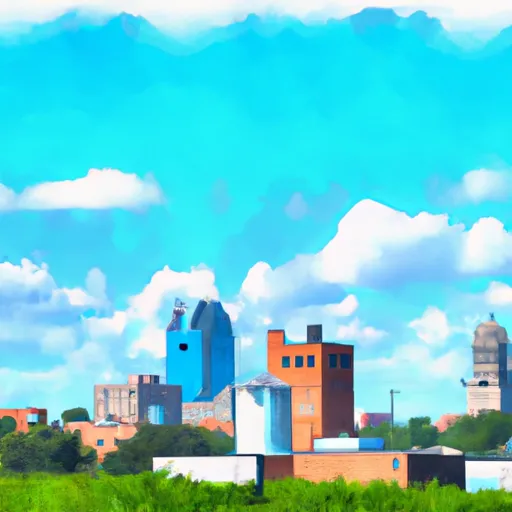°F
°F
mph
Windspeed
%
Humidity











Liberty Center, Iowa is a small town located in Warren County, in the central part of the state. It experiences a typical Midwestern climate, characterized by hot summers and cold winters. Summers are usually warm with average temperatures reaching the mid-80s°F (29°C), while winters are cold with average temperatures dropping to the mid-20s°F (-4°C). Precipitation is evenly distributed throughout the year, with an average annual rainfall of around 35 inches.
As for hydrology constituents, Liberty Center benefits from its proximity to the South River, which flows nearby. The river provides opportunities for fishing and boating enthusiasts, with various fish species, including bass and catfish, inhabiting its waters. Additionally, the river's tranquil atmosphere attracts nature lovers who enjoy kayaking or canoeing.
Outdoor recreation opportunities abound in Liberty Center, with several parks and natural areas in the vicinity. These include the Burlington Park, Riverview Park, and Indianola Reservoir, offering amenities such as picnic areas, hiking trails, and wildlife observation opportunities. Liberty Center is a great destination for those seeking to immerse themselves in nature and enjoy a variety of outdoor activities.
Weather Forecast
Liberty-Center receives approximately 918mm of rain per year, with humidity levels near 82% and air temperatures averaging around 10°C. Liberty-Center has a plant hardyness factor of 5, meaning plants and agriculture in this region thrive during a short period during spring and early summer. Most plants will die off during the colder winter months.
Regional Streamflow Levels
8
Cubic Feet Per Second
63
Cubic Feet Per Second
63
Cubic Feet Per Second
100
Cubic Feet Per Second
Nearby Camping
| Camping Area | Reservations | Toilets | Showers |
|---|---|---|---|
| Berry Bend - Harry S. Truman Lake | |||
| Long Shoal - Harry S. Truman Lake | |||
| Farrington City Park | |||
| Knob Noster State Park | |||
| Lincoln City Park | |||
| Shawnee Bend - Harry S Truman Lake |



